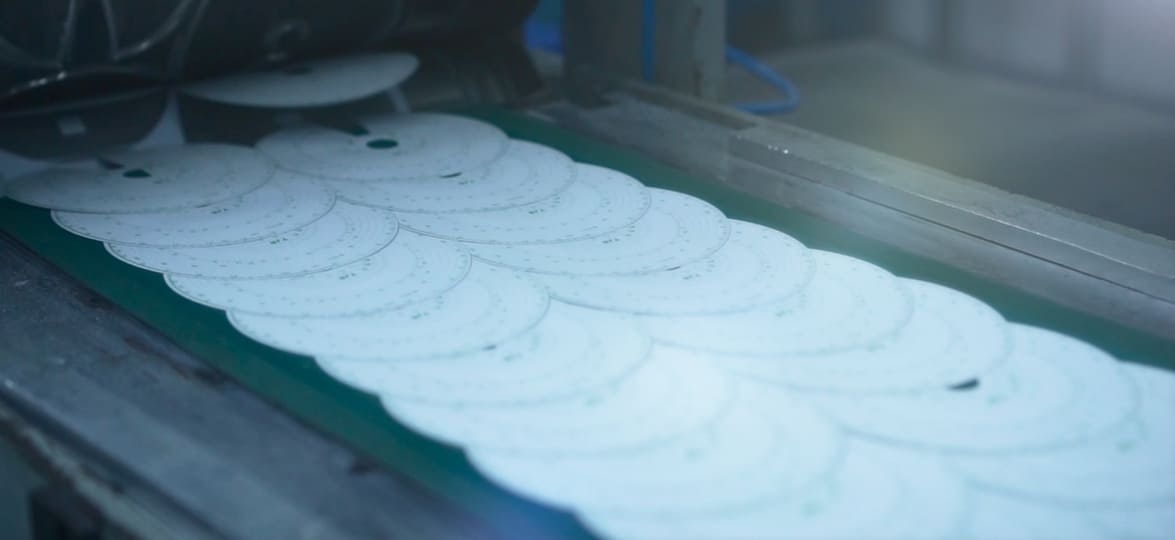 Tachograph Charts: Understand the Legislation
Tachograph Charts: Understand the Legislation
Do you know the tachograph chart legislation? Do you know why it is mandatory? In this blog post, TJR will explain everything to you. Keep reading and find out why heavy-vehicle drivers must use tachograph charts.
Tachograph charts are mandatory because they register the speed reached by heavy vehicles is a given moment or time. However, there are many questions related to the use and functioning of this material, whose answers can be simpler than you imagine.
Tachographs indelibly register the speed in which a vehicle was in a given moment through a graph. It helps us to determine some factors in case of an accident, for example.
The device that instantly and indelibly registers speed and time known as tachograph has the purpose of controlling vehicles through three features: speed, traveled distance, and elapsed time of a journey (including the registration of stationary moments).
The answer is “yes.” The use of the tachograph chart is mandatory, according to Article 105 of the Brazilian Traffic Code, which established other mandatory rules of vehicle devices, such as the seat belt. Therefore, tachograph charts are mandatory because they can increase safety in the roads.
Still according Article 105 of the CTB and Resolution 14/98 and 87/89 of Cotran, the use of tachograph charts is mandatory for the following vehicles:
The resolution no 92/99, which was changed by the resolution no 406/12, establishes, among other specifications, that the removal, analysis, and interpretation of the data registered on the tachograph chart can be made only by a supervisory agent that was previously submitted to training under the manufacturer’s responsibility.
Nevertheless, if these vehicles, in which the use of tachograph charts is mandatory, are involved in traffic accidents with victims, to ensure the trustworthiness of the data registered by the tachographs, the article 279 establishes that only the official expert in charge of the investigation will have the authority to remove the registration tachograph charts.
As aforementioned, the use of tachograph charts in heavy vehicles is mandatory. Therefore, there is a fine if said law is broken. The tachograph fine can be applied in some cases, such as the absence thereof for any reason; not using the tachograph, although it is available to the driver; or tampering the tachograph chart’s measurements. We must stress that under no circumstances tachographs can be tampered.
Do you still have any questions about the mandatory use of tachograph charts? Get in touch with us filling the form below. TJR is an expert on tachograph charts and since its foundation, in 2004, it has been supplying tachographs for leader brands of the market.
Our tachograph charts are designed for those who want the best. If you are searching for daily or 7-day charts, this is the place. Clarify any questions you have about the mandatory use of tachograph charts with one of our experts.